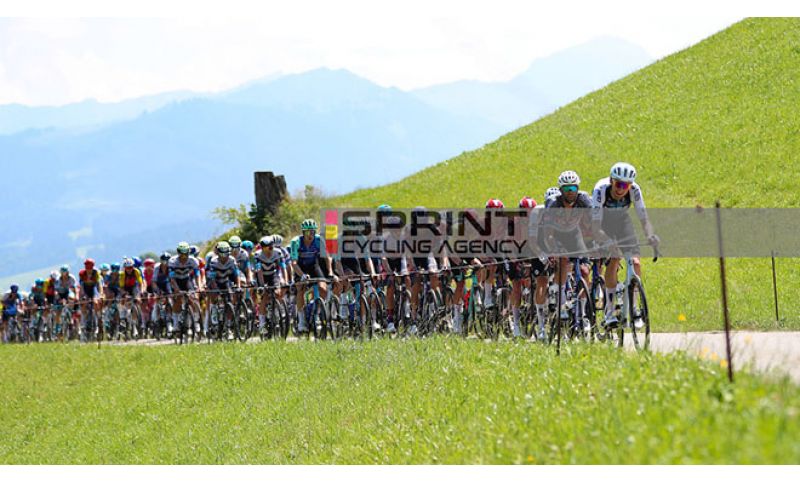

The Union Cycliste Internationale (UCI) wishes to provide further clarification on the recent modifications to its Equipment Design Regulations, which were announced following the decisions made in this area by its Management Committee (see press release of June 12 and the Special Newsletter on Regulatory Changes approved by the UCI Management Committee in Arzon, France).
These modifications are part of a comprehensive approach aimed at ensuring increasingly safe and fair competition conditions, in a context characterized by rapid technological progress and a significant increase in race speeds that could impact rider safety.
Many of these measures respond to recommendations from SafeR, the organization dedicated to improving safety in professional men's and women's road cycling. They were developed following extensive consultation with riders, teams, and organizers, including distributing questionnaires to the entire group.
Minimum Handlebar Width (Road, Cyclocross, and Track)
The decision to introduce a minimum handlebar width of 400 mm (measured between the two outer edges of the handlebar - A), as well as a minimum width of 320 mm measured between brake levers (between the inner edges of the levers - B), is in line with this approach. This corresponds to a minimum width of 380 mm from center to center (C), a standard commonly used in the cycling industry.
This rule will apply from January 1, 2026, for mass-start road and cyclocross races. For mass-start track races, a minimum width of 350 mm (measured between the two outer edges) will be introduced from January 1, 2027.
These changes, defined in consultation with stakeholders, aim to ensure that all athletes, regardless of their body type, can compete with high-performance and safe equipment.
Clarification of Measurements (Road and Cyclocross):
A - Minimum width of 400 mm (measured between the two outer edges)
B - Minimum width of 320 mm (measured between the inner edges of brake levers)
C - Minimum width of 380 mm (measured from center to center).
Additionally, the new standard includes another maximum dimension regulating handlebar flare design for road and cyclocross bikes: there must be a maximum distance of 50 mm between the inner handlebar end and the outer handlebar edge on the same side (see diagram below). For track, the distance will be 80 mm.
Maximum Fork Width (Road and Track)
From January 1, 2026, for road bikes and January 1, 2027, for track bikes, a maximum internal fork width will be imposed: 115 mm at the front and 145 mm at the rear triangle. This measurement will apply to the entire length of the elements.
Maximum Wheel Height (Road)
The height of wheel rims used in road races will be limited to 65 mm starting from January 1, 2026.
Review of Maximum Transmission Ratio
A test to limit the maximum transmission ratio - approved by all families - will be conducted during a stage race in the second half of the 2025 season. The maximum transmission ratio allowed in this context will be 54 x 11, or 10.46 meters per crank revolution. Limiting the maximum transmission ratio aims to restrict the speed achieved during the race. It has been demonstrated that the very high speeds currently reached by cyclists are a risk factor for their safety.
The events during which the tests will be conducted will be communicated at a later date.
Helmet Specifications
To improve safety, the UCI has approved the introduction of a distinction between road and track time trials on one side, and road races on the other, regarding the helmets that can be used. The specifications of helmets that can be used in various events will therefore be clarified starting from January 1, 2026. The UCI Equipment Unit, in conjunction with the Federation's Equipment and New Technologies Commission, will continue to work in detail on the helmet topic, both regarding homologation procedures and specifications for future seasons. A helmet certification protocol will come into effect no earlier than January 1, 2027.
Specific modifications to helmet provisions will be published once approved by the UCI Management Committee.
The UCI regularly reviews and updates its regulations to account for technical progress, placing safety and fairness at the center of rules in all cycling disciplines.
Equipment regulations are available in Part 1: General Organization of Cycling in the UCI Regulations available in the Regulations section of the UCI website.
